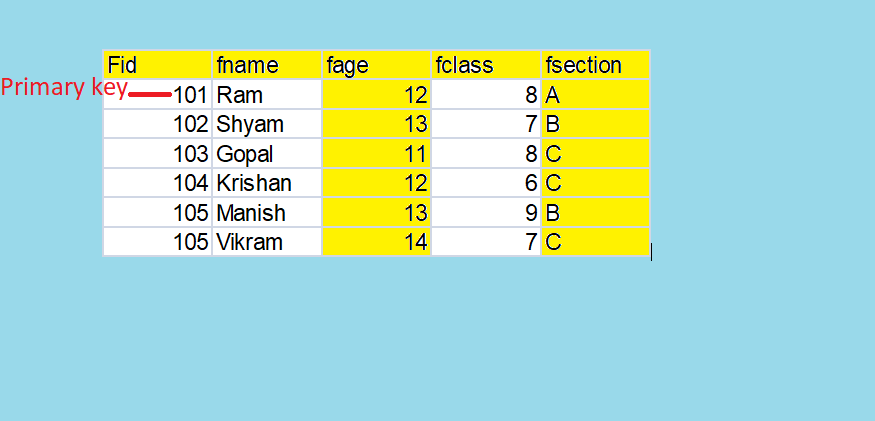An entity relationship diagram is a graphical representation of an organization data storage requirements. Entity relationship diagram are abstraction of the real word which simplify the problem to be solved while retaining its essential feathers.
E-R-model diagrams are used to ..
- Identify the data that must be captured stored and retrieved in order to support the business.
- Activity performed by an organisation.
- Identify the data require to derive and report on the performance measures that an organisation should be monitoring.
E-R-Model has 3 Components. These are..
1.Entity-: Entity are the people, place, things event and concept of interest to an organisation. In other words we can say that the anything which an organisation need to store data about. entity set represents collection of data.
2.Attribute -: Property or characteristics possesses by an entity called the attribute. Attributes are same for each entity set but their values may differ from each other. These are the …
A. Domain-The set of possible value for an attribute called the domain of the attribute.
B. Key Attribute -: The attribute or combination of attribute that is unique for every entity instance. for example the account number of employee, id etc.
C. Simple Attribute-: An attribute that can not be divided into simpler components called simple attribute. E.g. age of employee.
D. Composite Attribute -: An attribute that can be split into components called composite attributes e.g that joining data of the employee can be split into day and month.
E-Single value Attribute-: Attribute that can take on only a single value.
F-: Multi value Attribute-:Attribute that can take many value.
G. Stored Attributed-: Attribute that need to be stored permanently .e.g. name of employee
H. Derived Attribute -: Attribute that can be calculated based on other attribute
3. Regular v/s weak entity types.
A. Regular entity-: Entity that has its own attribute. It is also called independented entity because it does not dependent on any other entity for existence.
B. Weak Entity-: Entity that depends on other entity called weak entity. It does not have any attribute.
4. Null value-: It does not have a particular entity. A null value is a value that is unavailable unassigned unknown or inapplicable. A null value is not same as zero.
5. Keys – A key is a single attribute or a combination of attribute values uniquely identify each tuple in that relation. In other words we can say that the two entity in an entity set are allowed to have exactly the same values for all attribute. A key allows us to identify a set of attribute that are suffice to distinguish relationship to each other. Key are different types these are..
A. Super Key- An attribute or group attribute that is sufficient to distinguish every tuple in the relation from every other one. It is called a candidate Key.
B- Candidate Key-: it is any set of one or more column whose combined value is unique through our that table. Since a null value is not guaranteed to be unique no component of a candidate key is allowed to be null.
C.Primary Key-Every entity must have a primary key.The primary key is an attribute or combination of attribute that uniquely identify of instance of the entity. When a primary key for an entity is made up more then one attribute the key is called composite key.

D-. Foreign Key. A foreign key is a set of attribute whose values are required to match values of a candidate key in the sane or another table. It is a copy of the whole of its parent candidate key.
3 .Relationship set-: A relationship between two entity types define the set of all association between these entity types. Each instance of the relationship between member of these entity types called a relationship instance.
A. Degree of a relationship -: The number of entities associated with the relationship. the relationship could be..
- One-Unary
- Two binary
- Three Ternary
Cardinality and connectivity -: relationship have many connectivity these are ..
One to One-: when the relationship have one to one.
One to many- When relationship have one to many
Many to many- : when relationship have many to many
Many to one -: when relationship have many to one.